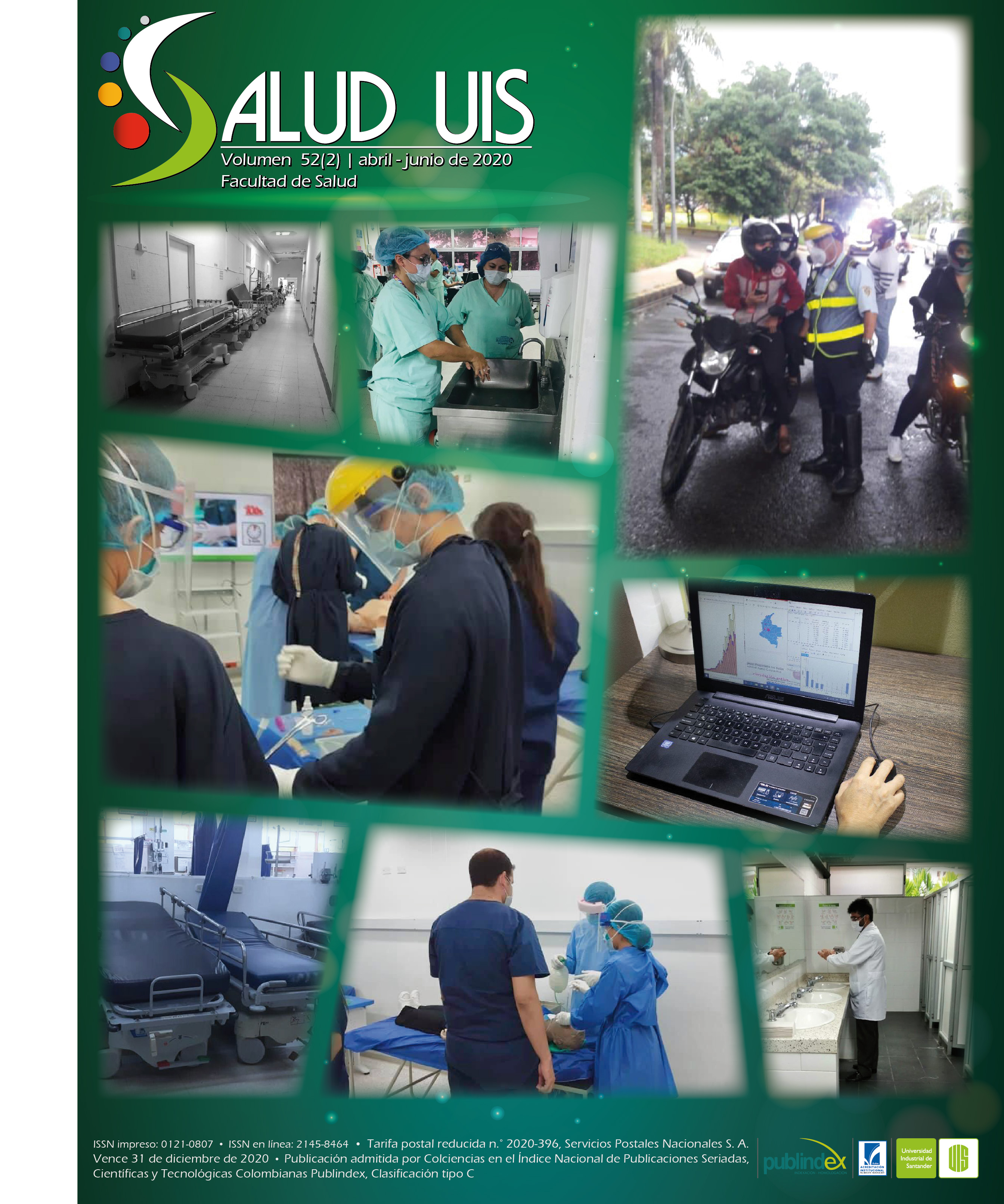Abstract
Introduction: According to the scientific literature, sleep bruxism (SB) could produce orofacial muscle, dental, and temporary headaches as well as postural alterations. Objective: To evaluate the stomatognathic system and the posture of an individual diagnosed with sleep bruxism (SB) from an interdisciplinary approach. Materials and methods: Descriptive study of a case report of a female individual. The SB was determined by polysomnography. Static and dynamic inter-occlusal relationships were analyzed by assembling models in a semi-adjustable articulator. An orofacial evaluation was performed by applying myoscanoplasty, dynamometry, and electromyography, and an evaluation of postural alignment and stability was performed using the Romberg index and plantar pressures with baropodometry. Results: In the polysomnography, 132 minutes of MOR stage and 265 of NMOR, 56 events of SB / hour, 86 micro-awakenings, 11 hypopneas, a cardiac rate of 67 l / min, and an oximetry of 95% were recorded. In the mastication, there was activity marked in masseters (Right: 330 uV Left: 452 uV) and temporary Right: 418 uV and asymmetry of temporal (34%) and orbicular (33%). There was a decrease in the contractile force of the masseter (0.3 lb) and compressive force of the orbicular (2.0 lb). Myositis was registered in the orofacial and neck muscles. There was postural involvement of left hemibody, stability during static bipedal position with Romberg Index of 0.99, and greater plantar pressure in the left foot of 68.5% than in the right foot of 31.5.Conclusions: In a case of SB diagnosed by polysomnography, there were alterations of the stomatognathic system at the dental, TMJ, and muscular levels with postural alterations and plantar pressure.
References
2. Ekfeldt A, Christiansson U, Eriksson T, Lindén U, Lundqvist S, Rundcrantz T, et al. A retrospective analysis of factors associated with multiple implant failures in maxillae. Clin Oral Implants
Res. 2001; 12(5): 462-467. doi: 10.1034/j.1600-0501.2001.120505.x.
3. Carra M, Huynh N, Lavigne G. Sleep bruxism: a comprehensive overview for the dental clinician interested in sleep medicine. Dent Clin North Am. 2012; 56(2): 387-413. doi: 10.1016/j.
cden.2012.01.003.
4. Murrieta JF. Maloclusión dental y su relación con la postura corporal: un nuevo reto de investigación en Estomatología. Bol Med Hosp Infant Mex. 2013; 70(5): 341-343.
5. Motta LJ, Martins MD, Fernandes KP, Mesquita-Ferrari RA, Biasotto-Gonzalez DA, Bussadori SK. Craniocervical posture and bruxism in children. Physiother Res Int. 2011; 16(1): 57-61. doi: 10.1002/pri.478.
6. Vélez AL, Restrepo CC, Peláez-Vargas A, Gallego GJ, Alvarez E, Tamayo V, et al. Head posture anddental wear evaluation of bruxist children with primary teeth. J Oral Rehabil. 2007; 34(9): 663-670. doi: 10.1111/j.1365-2842.2007.01742.x.
7. Westersund CD, Scholten J, Turner RJ. Relationship between craniocervical orientation and center of force of occlusion in adults. Cranio. 2017; 35(5): 283-289. doi:
10.1080/08869634.2016.1235254.
8. Belaguer R. Valoración de un método de posturografía estática con pruebas dinámicas para evaluar funcionalmente pacientes vestibulares en edad laboral y su relación con el índice de
discapacidad [Tesis Doctoral]. Universidad de Valéncia; 2013.
9. De Moya P, Bertomeu B, Broseta V. Evaluación y rehabilitación del equilibrio mediante posturografía. Rehabilitación. 2005; 39(6): 315-323. doi: https://doi.org/10.1016/S0048-7120(05)74365-6.
10. Basmajian JV. Muscles alive: their functions revealed by electromyography. 1978; 4th edn. Co, Baltimore.
11. Ferrario VF, Sforza C, Miani A Jr, D’Addona A, Barbini E. Electromyographic activity of human masticatory muscles in normal young people. Statistical evaluation of reference values for clinical applications. J Oral Rehabil. 1993; 20(3): 271-280. doi: 10.1111/j.1365-2842.1993.tb01609.x.
12. Ortiz F, Rincón M, Mendoza JC. Texto de medicina física y rehabilitación.1 era Ed. Bogotá, D.C.: Editorial El Manual Moderno Colombia; 2016.
13. Almeida C, Melchior MO, Magri LV, Mestriner W, Oliveira M. Is the Masticatory function changed in patients with temporomandibular Disorder? Braz Den J 2015; 26(2). doi: https://doi.org/10.1590/0103-6440201300198.
14. Gadotti C, Bérzin F, Gozales D. Preliminary rapport on head posture and muscle activity in subjectes with class i and II. J Oral Rehabil. 2005; 32(11): 794-799. doi: 10.1111/j.1365-2842.2005.01508.x.
15. Park B, Tokiwa O, Takezawa Y, Takahashi Y, Sasaguri K, Sato S. Relationship of tooth grinding pattern during sleep bruxism and temporomandibular Joint Status. J Cranio. 2008; 26(1): 8-15. doi: 10.1179/crn.2008.003.
16. Restrepo CC, Álvarez CP, Jaimes J, Gómez AF. Cervical column posture and airway dimensions in clinical bruxist adults: a preliminary study. J Oral Rehabil. 2013; 40(11): 810-817. doi: 10.1111/joor.12100.
17. Cuccia A, Caradonna C. The relationship between the stomatognathic system and body posture. Clinics (Sao Paulo). 2009; 64(1): 61-66. doi: 10.1590/s1807-59322009000100011.
18. Rodríguez C, Torres D, Munuera PV, Pascual ÁO. Influencias de la relación maxilomandibular en el tratamiento postural mediante inhibición muscular. Osteopatía Científica. 2009; 4(3): 115–119. doi: https://doi.org/10.1016/S1886-9297(09)73437-X.
19. Bracco P, Deregibus A, Piscetta R. Effects of different jaw relations on postural stability in human subjects. Neurosci Lett. 2004; 356(3): 228-230. doi: 10.1016/j.neulet.2003.11.055

This work is licensed under a Creative Commons Attribution 4.0 International License.
